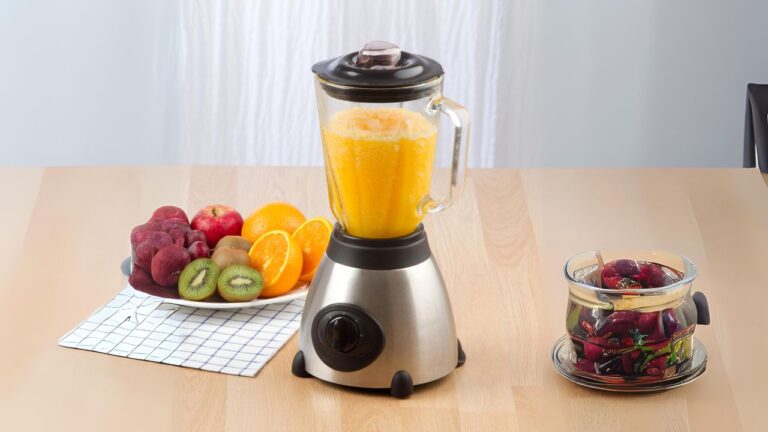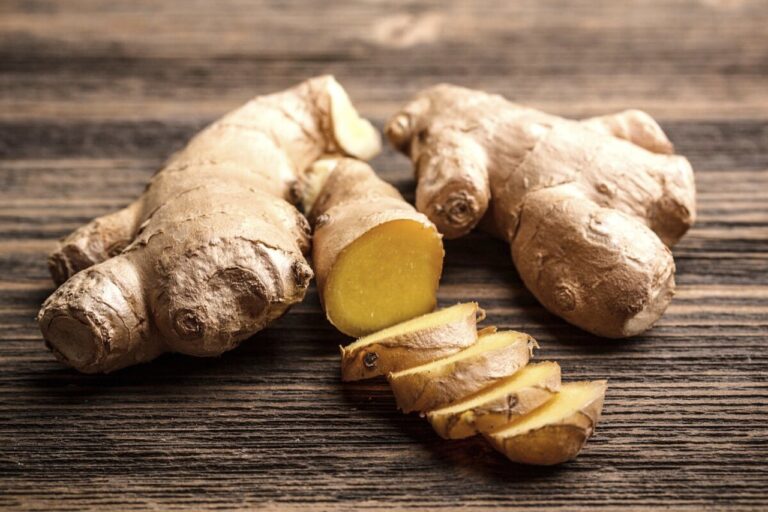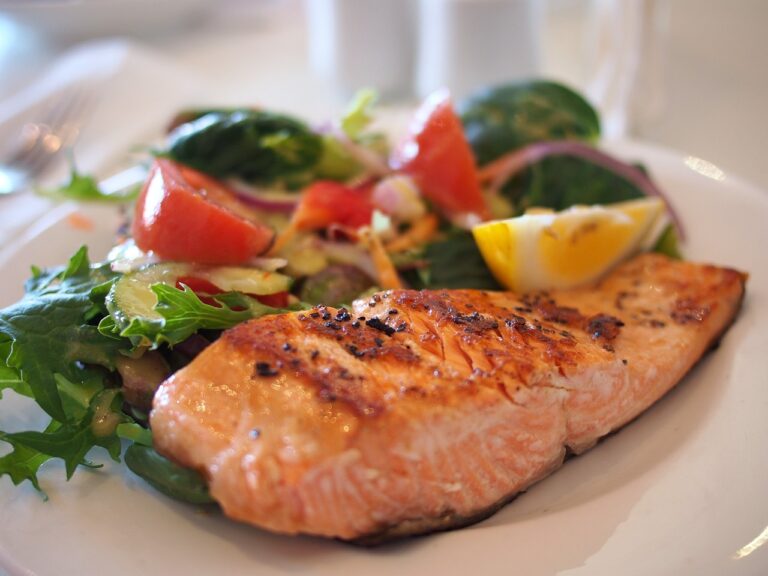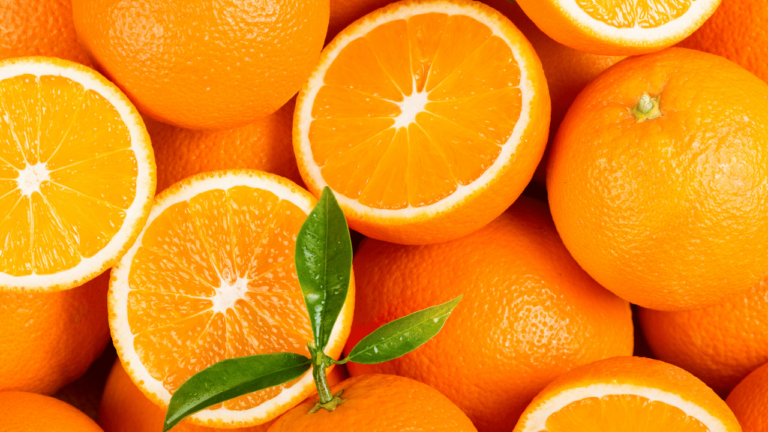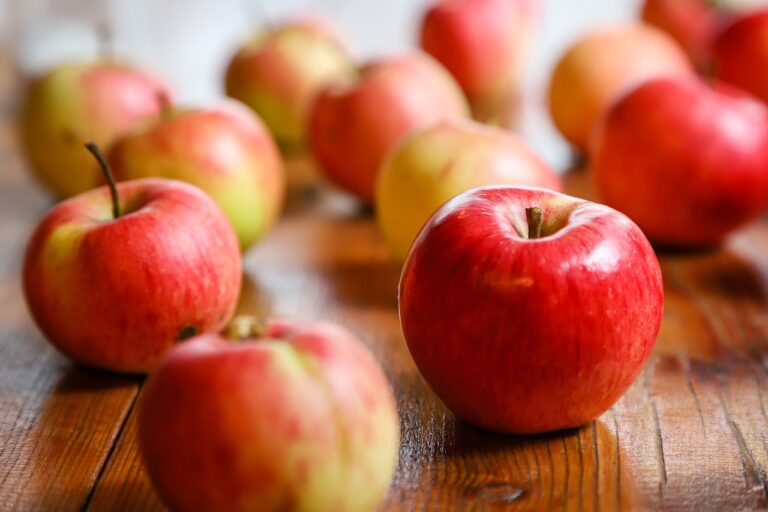10 Foods Rich in Magnesium

Magnesium is a crucial mineral involved in over 300 biochemical reactions in the body. It’s essential for maintaining muscle and nerve function, keeping a healthy immune system, and building strong bones. Despite its importance, many people don’t get enough magnesium from their diet. Incorporating magnesium-rich foods into your daily meals can help ensure you meet your body’s needs. Here are ten foods that are excellent sources of magnesium.
10 Foods Rich in Magnesium
1. Spinach
Spinach is not only a versatile leafy green but also a powerhouse of nutrients, including magnesium. A single cup of cooked spinach provides approximately 157 mg of magnesium, which is about 39% of the recommended daily intake. This green vegetable is also rich in iron, calcium, and vitamins A, C, and K, making it an excellent addition to a healthy diet.
Incorporating spinach into your meals is easy and delicious. You can add it to salads, smoothies, or sauté it as a side dish. Its mild flavor makes it a great base for various dishes, enhancing both the nutritional value and the taste of your meals.
2. Almonds
Almonds are not only a convenient snack but also a great source of magnesium. One ounce (about 23 almonds) contains around 80 mg of magnesium, accounting for 20% of the daily requirement. Besides magnesium, almonds are packed with healthy fats, fiber, protein, and vitamin E, contributing to overall health and well-being.
You can enjoy almonds on their own, add them to yogurt, oatmeal, or salads, or use almond butter as a spread. Their crunchiness and nutty flavor complement many dishes, making it easy to boost your magnesium intake without much effort.
3. Avocado
Avocado is a nutrient-dense fruit that offers a significant amount of magnesium. One medium avocado provides about 58 mg of magnesium, which is 15% of the recommended daily intake. In addition to magnesium, avocados are rich in healthy fats, fiber, and various vitamins and minerals, making them a superfood.
Adding avocado to your diet can be done in numerous ways. You can spread it on toast, blend it into smoothies, slice it into salads, or make guacamole. Its creamy texture and mild taste make it a versatile ingredient in many recipes.
4. Dark Chocolate
Dark chocolate is a delicious treat that also offers a good amount of magnesium. A 1-ounce serving of dark chocolate (70-85% cocoa) contains approximately 64 mg of magnesium, which is 16% of the daily value. Dark chocolate is also rich in antioxidants, iron, and fiber, contributing to heart health and overall well-being.
Enjoying dark chocolate in moderation can be a delightful way to increase your magnesium intake. You can eat it as a snack, use it in baking, or melt it to drizzle over fruits for a nutritious dessert.
5. Black Beans
Black beans are a fantastic source of magnesium, with one cup of cooked black beans providing about 120 mg of magnesium, or 30% of the daily value. These legumes are also high in fiber, protein, and various vitamins and minerals, making them a valuable addition to a balanced diet.
You can incorporate black beans into a variety of dishes such as soups, stews, salads, and burritos. Their rich, earthy flavor and creamy texture pair well with many ingredients, allowing for versatile and nutritious meals.
6. Quinoa
Quinoa is a whole grain that stands out for its high magnesium content. One cup of cooked quinoa contains around 118 mg of magnesium, which is 30% of the daily requirement. Additionally, quinoa is a complete protein, providing all nine essential amino acids, and is rich in fiber and various vitamins and minerals.
Quinoa can be used as a base for salads, served as a side dish, or incorporated into soups and stews. Its slightly nutty flavor and fluffy texture make it a popular choice for those looking to boost their magnesium intake.
7. Pumpkin Seeds
Pumpkin seeds are a nutrient-dense snack that offers a significant amount of magnesium. A quarter cup of pumpkin seeds provides approximately 190 mg of magnesium, which is nearly 50% of the daily value. These seeds are also rich in antioxidants, healthy fats, and protein, contributing to overall health.
You can enjoy pumpkin seeds on their own, add them to salads, yogurt, or granola, or use them as a topping for soups and baked goods. Their crunchy texture and nutty flavor make them a versatile and nutritious addition to your diet.
8. Tofu
Tofu, made from soybeans, is an excellent source of magnesium, with half a cup providing about 37 mg of magnesium, or 9% of the daily value. Tofu is also high in protein, iron, and calcium, making it a valuable protein source, especially for vegetarians and vegans.
Tofu can be used in a variety of dishes, from stir-fries to salads, soups, and smoothies. Its mild flavor and ability to absorb the flavors of other ingredients make it a versatile component in many recipes.
9. Bananas
Bananas are well-known for their potassium content, but they are also a good source of magnesium. One medium banana contains about 32 mg of magnesium, which is 8% of the daily value. Bananas are also high in vitamin C, vitamin B6, and fiber, making them a nutritious and convenient snack.
You can enjoy bananas on their own, slice them into cereal or oatmeal, blend them into smoothies, or use them in baking. Their natural sweetness and creamy texture make them a popular choice for a healthy snack or meal component.
10. Cashews
Cashews are another nut that is rich in magnesium, with one ounce (about 18 cashews) containing approximately 83 mg of magnesium, which is 21% of the daily value. Cashews are also high in healthy fats, protein, and various vitamins and minerals, making them a nutritious addition to your diet.
You can eat cashews as a snack, add them to stir-fries, salads, or desserts, or use cashew butter as a spread. Their rich, creamy flavor enhances many dishes, providing a delicious way to increase your magnesium intake.

